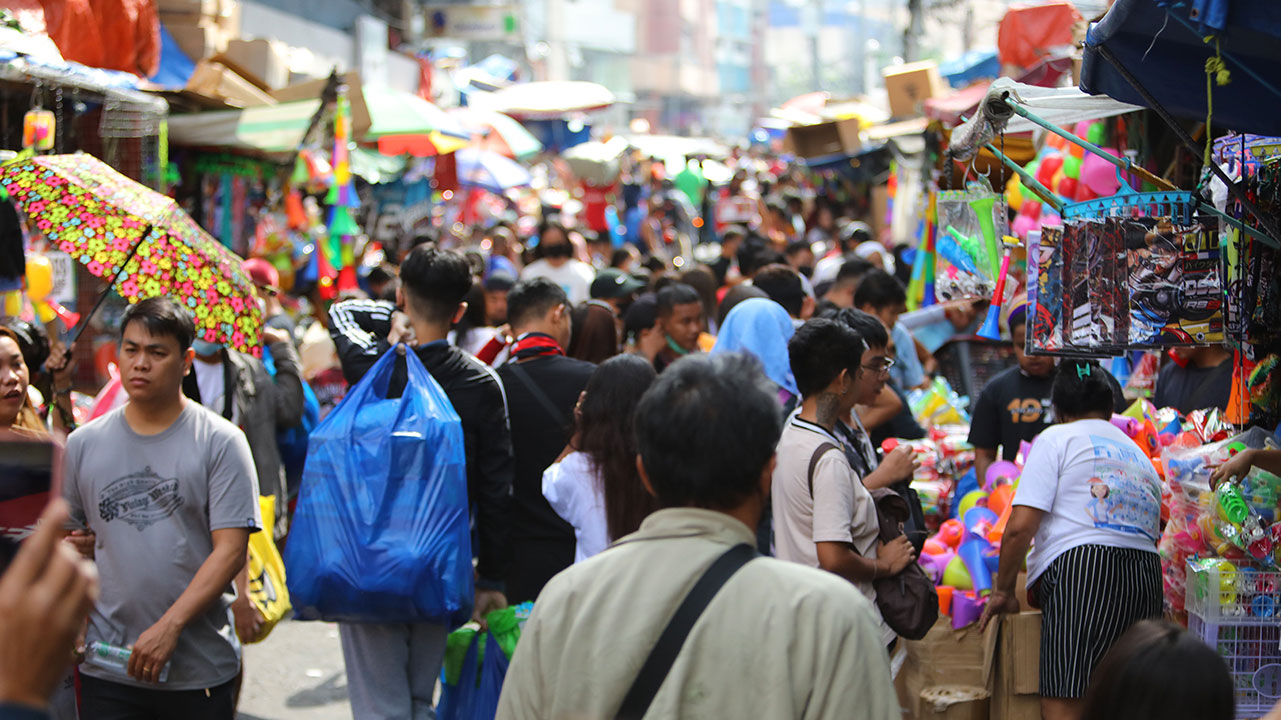
THE COUNTRY’S total population grew to 112.73 million in 2024, higher than the 109.04 million recorded in 2020, Census of Population data showed.
Latest data from the Philippine Statistics Authority (PSA) showed that these represented a population growth of 0.8% between 2020 and 2024, decelerating from the 1.63% rate in 2015-2020.
“The slowdown of growth of the population seems to reflect the global trend of declining birth rates. This may be driven by economic pressures that discourage the formation of families with children,” Reinielle Matt M. Erece, an economist at Oikonomia Advisory & Research, Inc., said in an e-mail.
He added that the relatively expensive and inefficient healthcare system has impacted mortality rates, especially after the pandemic and several local outbreaks of some diseases.
The Bangsamoro Autonomous Region of Muslim Mindanao (BARMM) grew at the fastest pace among regions with 3.43% to 5.69 million from the 4.94 million in 2020.
Other regions that outpaced the national average were Central Luzon (1.08%), Calabarzon (1.07%), and Metro Manila (0.91%).
Meanwhile, the slowest average increases in population were posted by Mimaropa (0.13%), Cordillera Administrative Region (0.15%), and Ilocos Region (0.19%).
Broken down by region, Calabarzon had the largest population by 2024, growing to 16.93 million from 2020’s 16.2 million.
Following this were the National Capital Region (NCR) at 14 million (from 13.48 million), and Central Luzon at 12.99 million (from 12.42 million).
In absolute terms, BARMM gained the most to its population by 746,783 in 2024. Other significant rises were seen by Calabarzon (738,192), Central Luzon (566,902), and NCR (517,289) within the period.
The Bicol Region saw the only population contraction, shrinking by 0.07% or 17,739 to 6.06 million from 6.08 million previously.
At the provincial level, Cavite was the most populous with 4.57 million. This was followed by Bulacan (3.88 million), Laguna (3.69 million), Rizal (3.42 million), and Pangasinan (3.19 million).
The least populated were Batanes (18,937), Camiguin (94,892), Siquijor (107,642), Dinagat Islands (120,533), and Apayao (126,583).
Among highly urbanized cities, Quezon City had the largest number of people by 2024 with 3.08 million. It was followed by the City of Manila with 1.9 million, and the City of Davao with 1.85 million people.
Within Metro Manila, the highest growth rate was seen by Mandaluyong at 2.18% to 465,902. This was followed by the cities of Taguig (1.61% to 1.31 million) and San Juan (1.61% to 134,312).
The laggards among NCR localities were the cities of Valenzuela (0.34% to 725,173), Las Piñas (0.36% to 615,549), and Muntinlupa (0.39% to 555,225).
Mr. Erece said that declining birth rates may be a persistent trend not just in the country but globally as well, primarily due to increasing living costs.
“Supporting job generation, upskilling and improving productivity and overall quality of life for citizens are all necessary to promote formation of families,” he added.
The latest figures reflect the total number of persons living in the 18 administrative regions of the country, including Filipinos in Philippine embassies, consulates, and missions abroad, as of 12:01 a.m. on July 1, 2024. — Matthew Miguel L. Castillo